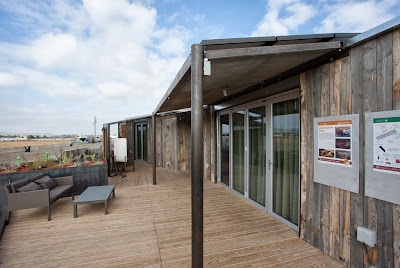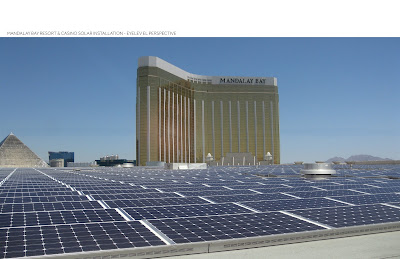Clean Power Plan Requires Grassroots Polishing

The Environmental Protection Agency this week rolled out a Federal rule - known as the Clean Power Plan - that is designed to reduce toxic emissions from power plants. The Clean Power Plan is a necessary top-down step to cut fossil fuels and toxic emissions, especially in states where policymakers are climate deniers and shills for the coal industry. But let's be honest - the easiest path for most states to achieve the relatively weak targets set by the Clean Power Plan will be profitable for most utility companies and power plant owners, and destructive to wildlands and wildlife. And the states that have the most work to do on emissions reductions are the ones least likely to prioritize sustainability or local ownership in how they respond to the plan. As the President said of the Clean Power Plan, "this is our moment to leave something better for our kids...let's make the most of it." We have more work to do to ensure that the Clean Power Plan unleashes susta...




